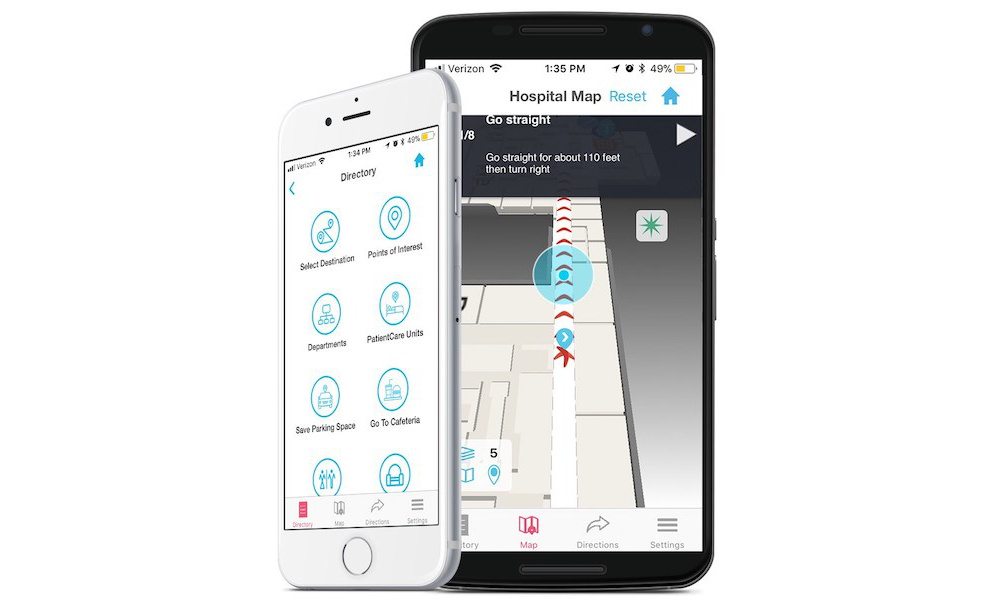NC Hospital Adds Futuristic Bluetooth Beacons, New Wayfinding App Amid Digital Transformation

Toggle Dark Mode
People visiting the Cape Fear Valley Medical Center, which is based in North Carolina, can now use an iPhone app to find their way around the hospital, but that’s not all.
With a new iOS and Android wayfinding app, the hospital said patients and visitors can now get around the hospital in 21st century fashion. The medical facility developed the app as part of digital transformation plans.
Called ValleyWay, the software is powered by the Connexient MediNav platform. It offers patients access to indoor maps, which detail the hospital’s various hallways and elevators.
The map also lists other buildings and clinics that are situated on the hospital’s main campus.
Users can log their parking location on the app, making sure that they can find their car when they leave the hospital. This feature will even guide visitors and patients back to their vehicles – they just have to press a special button.
The app taps into a network of Bluetooth beacons, which spans the entire hospital campus.
According to the hospital, the beacon network can “pinpoint a user’s location within a few meters” and provides “step-by-step directions to a desired destination”.
And for people who don’t have access to a smartphone or tablet PC, they can access the app through the ValleyWay website. It’s designed to be accessible to everyone.
Connexient, which is the strategic partner on this project, is a company that develops indoor mapping, navigation and location technologies. It works with a range of other healthcare organisations and complex buildings.
Mark Green, CEO and co-founder of the firm, said: “We are honored Cape Fear Valley Health turned to Connexient for this truly integrated wayfinding solution.”
In the App Store, ValleyWay is described as an “an easy way to navigate the Cape Fear Valley campus and to quickly search our physician directory”.
The large medical facility launched in the 1950s with just 200 beds, but it’s quickly grown over the past few decades and now caters for the region’s massive 300,000 population.






